-
Posts
64 -
Joined
-
Last visited
Content Type
Profiles
Forums
Articles
Gallery
Downloads
Events
Posts posted by fishfinder401
-
-
-
This guy is actually closing down what i think is a jewlery shop haha
Actually he also has a kick press cheap... Any good use for those?
-
Already told him ill take it haha
-
Im leaving in 30min to get it haha, dont worry
Any guess on what size it is?
-
How many leads would be good? And yeah haha that was my thought too! Worst case easier to use a touch mark, best case it can move some metal for me... The price is hard to pass up
-
-
What if for the large grinding wheel you used a ton of abrasive grit and jaut enough epoxy to held it together?
-
making them does seem interesting.... and maybe i will try that too, although while maybe not as practice, finding a natural one in my area just sounds... satisfying haha.
as far as making on though... that does make me wonder about making a large artificial stone for an old style grinding wheel.... oh great now i have another project to think about haha!
-
this particular piece while not very fine doesn't seem to be too coarse, but ill get a better idea of it once i get it to a flat surface, worst case scenario though i have a stone to flatten other stones with haha
I just sent them an email so I'm curious what they will say.
-
i got lucky that the piece I found was a nice flat piece that split off but the face needs a little flattening to get to sharpening stone flatness, i also have a piece about twice this size also pretty flat that i split this piece from so it it has any good use for me, i may have a nice large stone to play with in the end. and that is my guess on the type though based on description, pictures and the fact that it is a primary rock type in the formation this land is on.
I plan on contacting my local group this week to see what knowledge and resources they would be willing to share or trade for, the more i look into this the more fascinated i am getting with geology haha
-
after so searching of geological data this seems to me to most likely be
Graywacke
...a dark gray, firmly indurated, coarse-grained sandstone that consists of poorly sorted angular to subangular grains of quartz and feldspar, with a variety of dark rock and mineral fragments embedded in a compact clayey matrix having the general composition of slate and containing an abundance of very fine-grained illite, sericite, and chloritic minerals.
This category is also used for graywache.
-
-
yeah it is steel faced cast iron, but in a few places you can see the line of where the face plate is, and ideally i would have done the same but there are come cuts from chisels in it that would make sore very noticeable marks in any work, although I don't plan on doing much more to it. I just wish whoever repaired the edges in the past did a better job with the welding haha... they left a few small gaps on the face and the bottom edges of the welds were pretty ugly, the face feels solid though and wow is this thing quite compared to my peter wright
-
I definitly wouldn't mill or weld on it myself but I have done some light grinding to clean the face a little(didnt remove any serious metal though) I dont mind normal dings on it but a previous owner aparently thought an anvil was the perfect place to use a cold chisel... I did check though and I seem to have have a plenty thick face on it
-
-
1 hour ago, George N. M. said:
Dear FF: You will need something harder than the steel you are sharpening
Yeah whatever the stone I played with today is is on the softer side but seems just hard enough to lightly abrade the surface but closer to a polishing stone.
Also i should say these wont be replacing my current sharpening stone setup, but unless I find something that works better it is more of a curiosity
1 hour ago, Kozzy said:Might be possible. Found a single reference from a USGS publication that mentioned whetstones being made in Woonsocket RI.
oh that is very interesting... Ill have to look into that
-
-
that is actually a really good idea, ill see who at their geology dept. i can find. and i definitely know there are some big veins of some type/types of quartz, and also types of what i think is a form of shale? (its dark, seems pretty consistent texture and seems to be sedimentary to some level because of the obvious levels
-
First off, sorry if this is the wrong section of the forum to ask this but it seemed most fitting.
So, on to my question/ idea.... I have been tempted recently to try to make my own sharpening stones from local stone in my town or the area around it. While im not under the impression ill find some super amazing stone that will replace my tried and true ones I currently use, what should I look for to have a chance at a useable stone?
And if it helps, I am in southern rhode island.
-
As far as I can tell it hasn't been discussed here, but what do people think about using a covington horizontal wet sander for polishing/finishing knives in place of hand sanding? Or would it be better to make a grinder from scratch to do this? I'm thinking something with a relatively slow belt speed meant to be used on grits from like 220+
I'm mostly just looking for a way to speed up my finishing work
Thank you for any input
-
I agree that making my own would be ideal, but i just don't have the time right now, but who knows, ill see what you say, maybe it will convince me!
-
Haha not one square foot, just one foot in length... One square foot would be l way to big haha. And why would 2 burners still be larger than needed?
And I can understand you erring on the side of caution for those reasons
That is really good to know about coating even the solid insulation, what would you recommend?
And I wish coal was that inexpensive for me haha, I have to buy it in 60lb bags for about like 15 a bag I think, and the place is only open during work hours...
-
3 minutes ago, ThomasPowers said:
For forge welding a billet you usually want to get a small space MUCH hotter. Heating a large space that hot is just tossing money into the fire.
Usually we get people here that claim to be budget constrained and then say things like: "I can't afford to spend US$20 to buy proper forge insulation so I will use something cheap that won't work and spend $200 extra on fuel" Well that's how I read it...you can see why I get perplexed.
Also billet welding tends to be hard on a forge; paying extra to buy and then heat excess space and then wear it out faster seems contraindicated to me as well.
that's why i was thinking a forge with an internal dimension of about 1ft would be a decent compromise, because from what i heard earlier in the thread it would be able to do the size blades i am looking at, but not be excessively big, and yeah, i have seen those kind of posts you are talking about where people arent willing to spend a little more upfront to save more money later on, i hope that isnt how i came across, and that's not in the position i am in, i plan on being able to spend around 500, so i can get something that is decent out of the box( with either a coated or solid refractory material because realistically i only have a little time on the weekend to work on this stuff, and right now, i don't have enough time to put enough time aside to build a proper forge myself while doing the forging i need to ( i have a few knifes i need to make and finish before Christmas)
I should also mention that for me right now forging is mostly a hobey, so its not going to be used 8 hours a day everyday, or anywhere close to that( although i wish i could say it would be used that much
-
2 minutes ago, Charles R. Stevens said:
A forge for patern welding billets is a very difrent forge than a forge for heat treating long blades. A billet welding forge being the rally car wile the sword forge is the dump truck.
Getting a gasser to forgeing heat out of the box isn't easy. Most are not lined with divide see insulation or Ir reflecants. No rigidiser/hard facing and you risk lung damage and no IR reflectent you was't a bunch of fuel and may not reach welding heat with out excessive scale. So you spend $600 for $60 worth of parts and still spend $90 to make the forge right? Please read forges 101 and burners 100 in the gas forge section. I would rather you spend $200 on building two good gassers and $500 in materials.
I am not looking for something specialized to do either amazingly, and i'm only looking at heat treating a 16-18 or so blade, not a sword. the forges i mentioned either do have the rigidizers and reflectants or use a ceramic insulating hardboard, not the kaowool that needs to be coated, and the forges i have been looking at also have been proven to easily get to forge welding temperatures.
I have done my research ( but i'm not pretending that i know more about it than someone who has extensively used them before), I wasn't looking for how to build the perfect forge or anything like that, I was just looking for some insight in general on the relation of the how long of a blade i can get up to temperature for a given forge length( which i know can have a decent amount of variation depending on the forge), or if someone had opinions on the forges i mentioned
and i do realize that building a forge would be cheaper, but for me, at the moment i would rather spend some extra money now and be able to use it sooner, not spending my little freetime over the next few weeks trying to build something and having to experiment with it

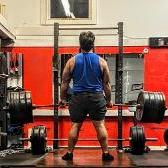
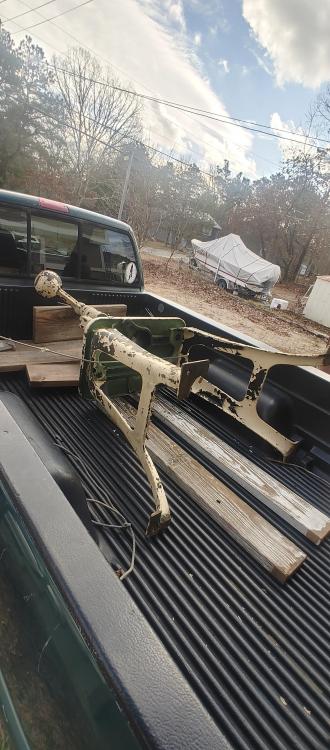
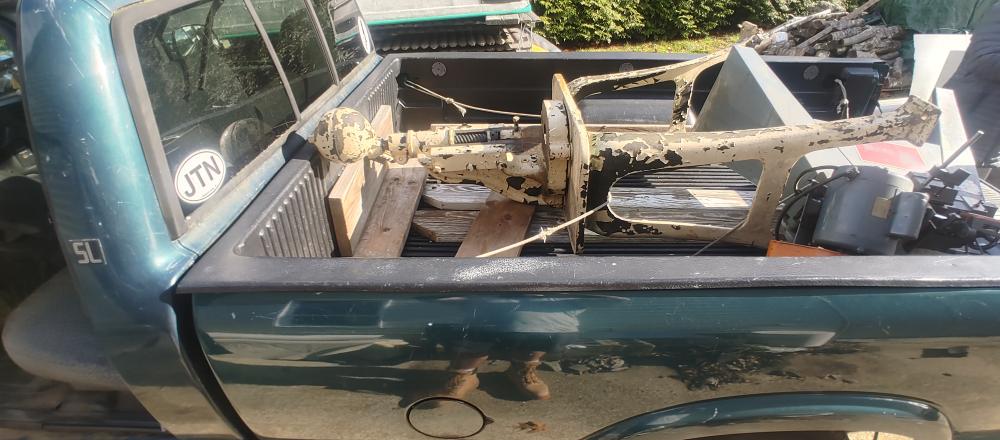
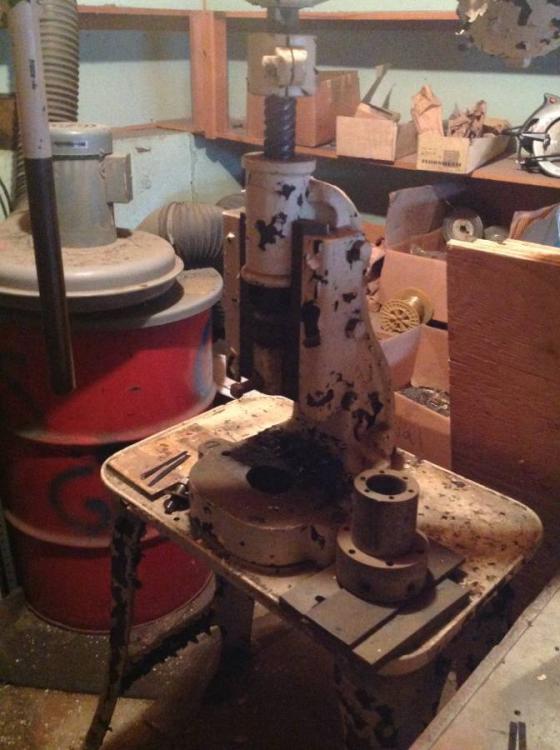
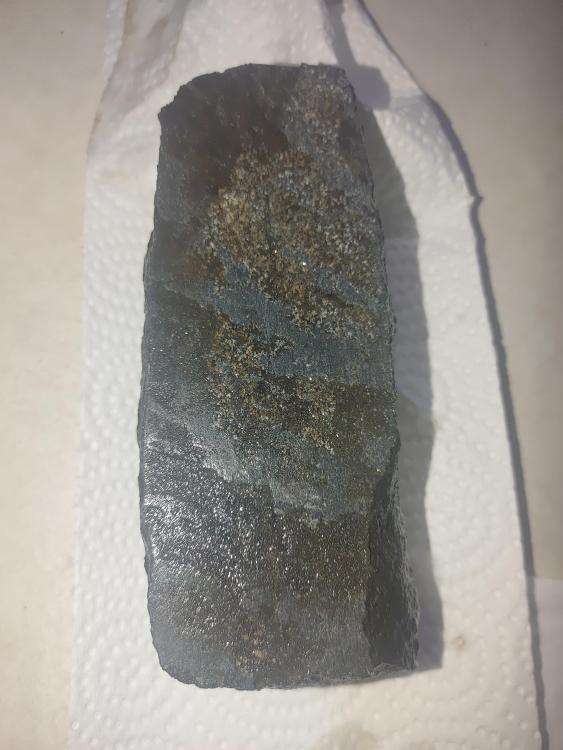
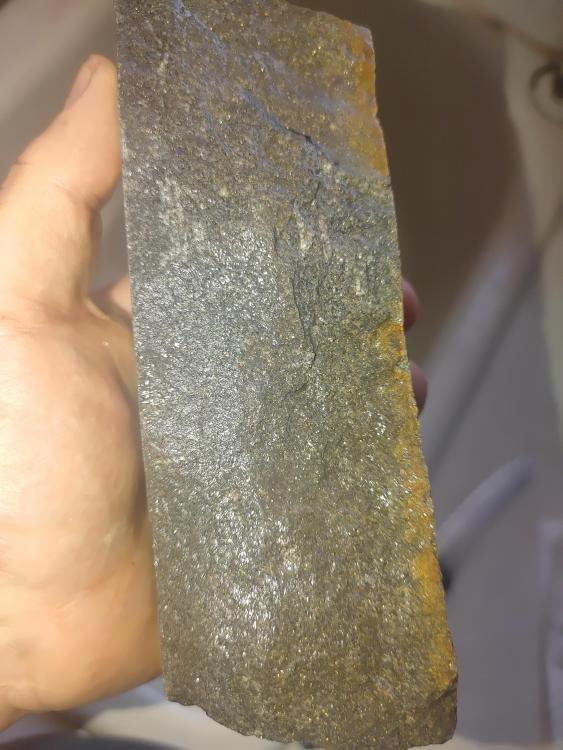
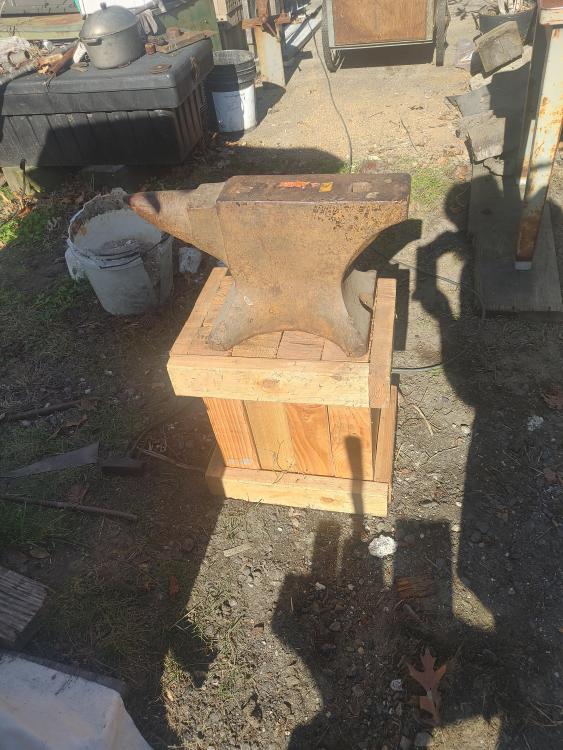
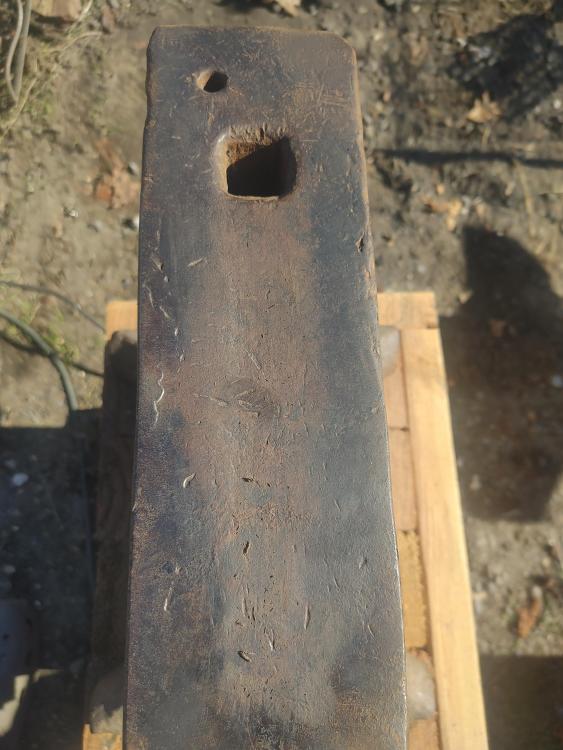
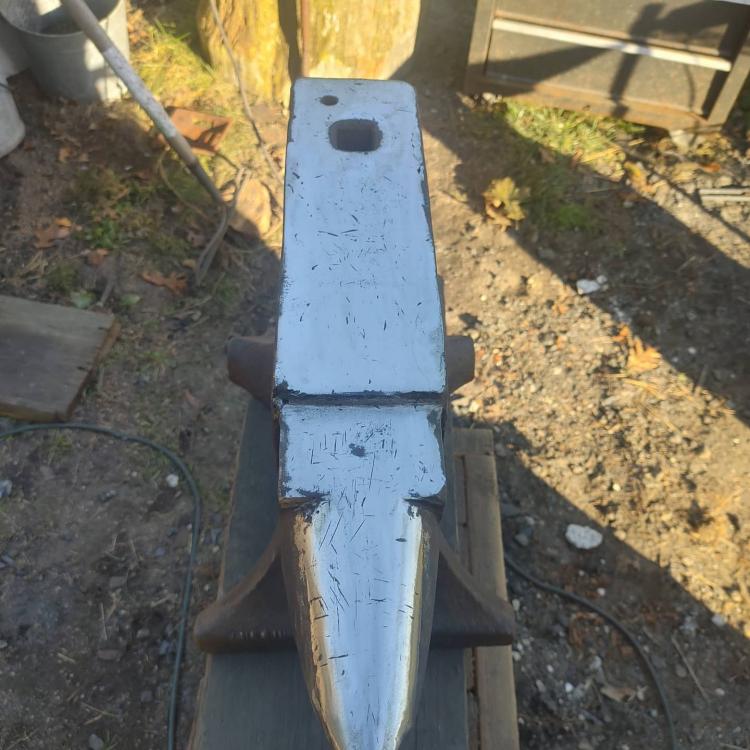
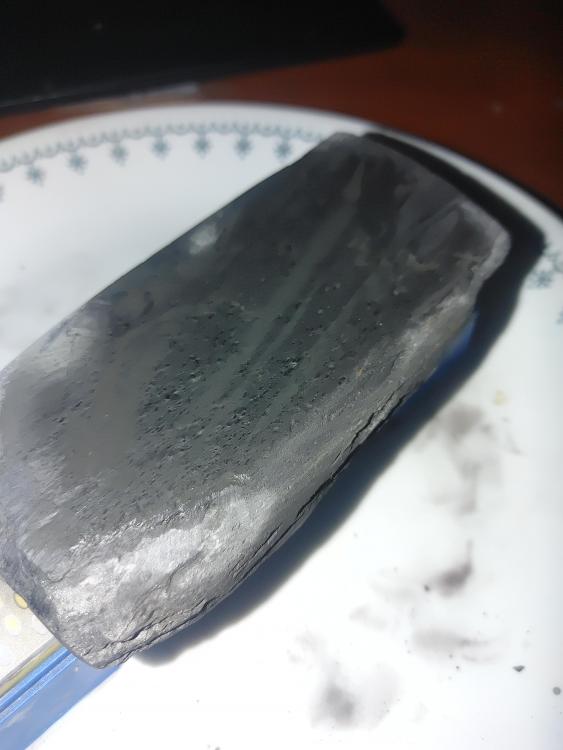
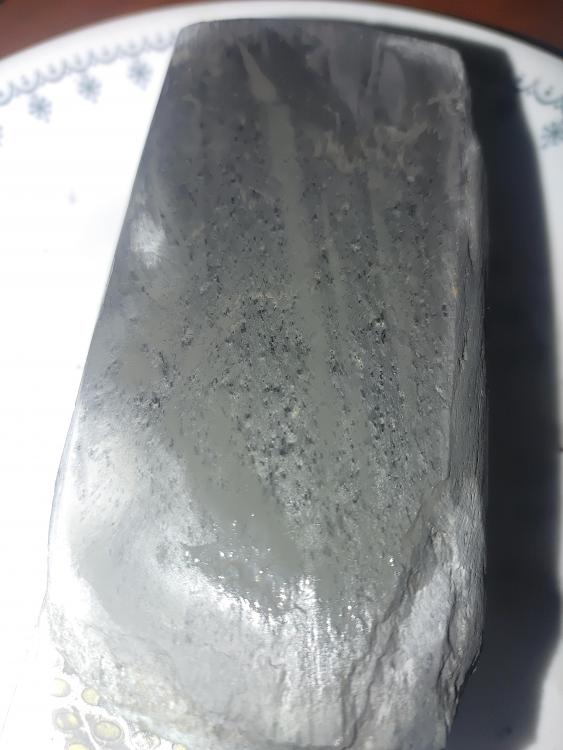
What to know when I see it
in Presses
Posted
So everyrhing works but looks like I need to do a small repair.
I did clear enough paint to read it was made by H Blundell co and pat. 1871
And also counted 4 leads(if I counted them correctly)